How to Care for String of Pearls Plant Indoors
Learn how to care for a string of pearls plant indoors with our complete guide. Discover other trailing houseplants and DIY hangers for your small space.
Go Vertical: The Ultimate Guide to Hanging Plants, from String of Pearls to DIY Hangers
One of the most effective ways to make a small space feel lush, vibrant, and alive is to introduce greenery. But in a tiny home, every horizontal surface—every shelf, tabletop, and patch of floor—is precious real estate. So, what’s the solution? Look up! As a long-time advocate for maximizing every cubic inch of space at Neat Tiny Home, I’ve found that hanging plants are the ultimate secret weapon for small-space dwellers. They draw the eye upward, create a stunning sense of verticality, and add a layer of natural beauty without consuming a single inch of your valuable surfaces. They are living, breathing art that floats in your home.
This is your complete guide to the world of vertical greenery. We’re going to cover everything from the practicalities of safely hanging your plants to creating your own beautiful DIY plant hangers. We’ll explore a list of my favorite, easy-to-care-for trailing houseplants. But most importantly, we will do a deep, deep dive into one of the most coveted (and feared) plants in the succulent world. We’re going to create the ultimate, foolproof guide on how to care for a string of pearls plant indoors. My mission is to give you the confidence to not only choose and display beautiful hanging plants but to help them truly thrive, turning your small space into the lush, green sanctuary you’ve always dreamed of.
The Art of “Floating” Greenery: Why Hanging Plants are a Small-Space Essential
Before we get into the specifics of care, let’s appreciate why hanging plants are such a powerful design tool. Their benefits go far beyond simply being a place to put a plant when you’ve run out of shelf space. It’s a strategic design choice that can fundamentally alter the feel of a room. In a small space, we are often hyper-aware of the limited floor plan. Hanging plants break that horizontal focus. They introduce life and interest into the upper, often-neglected, visual plane of a room. This simple act of drawing the eye upward can make ceilings feel higher and the entire room feel more open and dynamic. It’s an optical illusion that works wonders in tiny homes, apartments, and any room that needs a sense of lift and airiness.
Reclaiming Your Surfaces and Keeping Plants (and Pets) Safe
By elevating your plants, you are freeing up your tables, counters, and floors for their intended purposes. It’s a form of decluttering that replaces surface clutter with a beautiful, floating focal point. This is also a huge advantage for pet owners. Many common houseplants are toxic to cats and dogs if ingested. Hanging your plants well out of reach of curious paws and mouths is one of the most effective ways to keep your furry friends safe while still enjoying the beauty of a diverse plant collection. Additionally, hanging plants often receive better air circulation than their shelf-dwelling counterparts, which can help to prevent common issues like pests and fungal diseases. It’s a win-win for both you and your green companions.
The Main Event: A Deep Dive into How to Care for a String of Pearls Plant Indoors
Ah, the String of Pearls (Senecio rowleyanus). There is perhaps no other trailing plant that is so desired and so misunderstood. Its delicate, cascading strands of perfect green “pearls” are absolutely stunning. It is the crown jewel of hanging succulents. Unfortunately, it has a reputation for being incredibly fussy and easy to kill. I’m here to tell you that this reputation is only half-deserved. The String of Pearls isn’t difficult; it’s just very specific about its needs. Once you understand its succulent nature and stop treating it like a typical leafy houseplant, you will unlock the secret to its success. This is my complete, no-fail guide on how to care for a string of pearls plant indoors.
CRITICAL: The Watering Technique (The #1 Way People Kill This Plant)
If you remember nothing else, remember this: the number one cause of death for a String of Pearls is overwatering. Those little “pearls” are actually modified leaves designed to store a significant amount of water. They are highly susceptible to root rot if their soil remains even slightly damp for too long.
- The “Soak and Dry” Method: This is the only way you should water this plant. Wait until the soil is completely, 100% bone dry all the way through the pot. You can test this with a moisture meter or by sticking a wooden skewer to the bottom of the pot—if it comes out with any damp soil on it, wait longer.
- Water Thoroughly: When it is time to water, give it a deep, thorough soaking. Take the plant to the sink and water it until you see water running freely from the drainage holes. This ensures the entire root ball is hydrated.
- Let it Drain Completely: After watering, let the pot sit in the sink for 15-20 minutes to drain any excess water before returning it to its decorative hanger.
- Err on the Side of Under-watering: In the winter, you may only need to water your plant once a month, or even less. A sign that the plant is thirsty is that the pearls will start to look slightly shriveled or puckered. It’s much easier to save a thirsty plant than a rotting one.
Light and Soil Requirements
After watering, light is the next most important factor. String of Pearls needs a lot of bright, but indirect, sunlight. A spot a foot or two away from a sunny south-facing window, or directly in an east-facing window with gentle morning sun, is ideal. Direct, scorching afternoon sun can burn the delicate pearls. A key indicator of proper light is the shape of the pearls; they should be round. If the new pearls are coming in looking more oval or pointed, it’s a sign the plant is “stretching” for more light. The soil must be a gritty, fast-draining mix. You should use a cactus or succulent-specific potting mix. For an even better mix, I recommend amending a standard succulent mix with extra perlite or pumice to increase the aeration and drainage even further. Reputable gardening sites like The Spruce have excellent, detailed care guides that reinforce these principles.
| Hanging Plant | Light Needs | Water Needs | Pet Safe? |
|---|---|---|---|
| String of Pearls | Bright, Indirect | Very Low (Drought-Tolerant) | No (Toxic) |
| Pothos | Low to Bright, Indirect | Medium | No (Toxic) |
| Spider Plant | Bright, Indirect | Medium | Yes (Non-Toxic) |
| String of Hearts | Bright, Indirect | Low (Drought-Tolerant) | Yes (Non-Toxic) |
| Hoya Carnosa | Bright, Indirect | Low (Drought-Tolerant) | Yes (Non-Toxic) |
Beyond the Pearls: My Top Other Favorite Trailing Houseplants
While the String of Pearls is a stunning showstopper, there are many other beautiful and often much easier trailing houseplants to choose from. A lush indoor jungle is best created with a variety of textures, leaf shapes, and growth habits. Here are a few of my other go-to favorites that are perfect for hanging baskets.
1. Pothos (Epipremnum aureum) – The Unkillable Classic
If you’re a beginner, start with a Pothos. It’s the most forgiving and adaptable of all the vining plants. It can tolerate low light (though it prefers bright, indirect), bounces back easily from missed waterings, and grows quickly, giving you that satisfying feeling of progress. Its heart-shaped leaves come in a variety of colors, from solid green to variegated white and yellow. It’s the perfect confidence-boosting plant.
4. String of Hearts (Ceropegia woodii) – The Dainty Darling
For another “string of” plant that is much easier than Pearls, look no further than the String of Hearts. This beautiful, delicate vine has tiny, heart-shaped leaves with a lovely mottled silver pattern. It’s also a succulent, so it’s very drought-tolerant and requires a similar “soak and dry” watering method to the String of Pearls. Best of all, it is non-toxic to pets, which is a huge plus! The ASPCA’s plant list is the best resource for checking pet safety.
Get Crafty: Easy DIY Plant Hangers to Create on a Budget
A beautiful plant deserves a beautiful home, but decorative hangers can be surprisingly expensive. The good news is that making your own is incredibly easy, affordable, and fun. Creating your own DIY plant hangers allows you to perfectly customize the length and style to fit your space and your pots. It’s a fantastic way to add a personal, handmade touch to your indoor garden.
Project 1: The Classic 3-Strand Macrame Hanger
Macrame is the quintessential style for plant hangers, and you don’t need to be a knot-tying expert to make a simple one. A basic hanger only requires knowing two knots: the Lark’s Head Knot and the Square Knot. For this project, you’ll need macrame cord and a wooden or metal ring.
- Cut six long pieces of cord (about 4-5 feet long each, for a standard-sized hanger).
- Fold all six cords in half and attach them to your ring using a Lark’s Head knot. You will now have 12 strands hanging down.
- Divide the strands into three groups of four. Working with one group at a time, tie a series of Square Knots to create a decorative strap. Repeat for the other two groups.
- Further down, create a second row of square knots, this time grabbing two strands from one group and two from the neighboring group. This creates the net or “basket” that will hold your pot.
- Finish by gathering all 12 strands together at the bottom and tying them into one large gathering knot. Trim the tassel, and you’re done!
The best way to learn these knots is visually. I highly recommend a beginner’s tutorial video, like the many fantastic ones from creators like The Sorry Girls on YouTube.
By elevating your plants, you’re not just decorating; you’re creating a dynamic, multi-layered environment. You’re drawing the eye upward, freeing your surfaces, and adding a touch of the wild to your home. Whether you’re mastering the delicate art of how to care for a string of pearls plant indoors or knotting your first hanger, you’re taking an active role in creating a space that feels truly alive.
Frequently Asked Questions (FAQ)
How do I water my hanging plants without making a huge mess?
This is the most common practical challenge! The best method is to take the plant down from its hanger, remove it from its decorative cachepot (if it’s in one), and water it thoroughly in the sink. Let it drain completely for 15-20 minutes before putting it back. For plants that are too difficult to move, you can use a watering can with a long, narrow spout to water slowly and carefully. Having a deep saucer is key. Another trick is to place a few ice cubes on the soil, which will melt slowly and provide a gentle, drip-style watering.
My apartment doesn’t have a lot of light. Can I still have hanging plants?
Absolutely! You just have to choose the right plants. The Pothos and the Heartleaf Philodendron are your best friends. They are both beautiful trailing plants that are very tolerant of low-light conditions. While they won’t grow as quickly or have as much variegation as they would in brighter light, they will absolutely survive and look beautiful.
How do I hang a plant from my ceiling safely, especially in a rental?
For heavy plants, you must screw a hook directly into a ceiling joist (the wooden beams that frame your ceiling). Use a stud finder to locate a joist and pre-drill a small pilot hole before screwing in a sturdy hook bolt. If you’re a renter and can’t drill into the ceiling, you have other great options. You can use high-tension rods placed in window frames or alcoves, or you can buy stylish, modern plant stands that have hooks for hanging plants. There are also strong, ceiling-friendly adhesive hooks for very lightweight plants. For more on safe hanging methods, a guide from a trusted source like This Old House is invaluable.
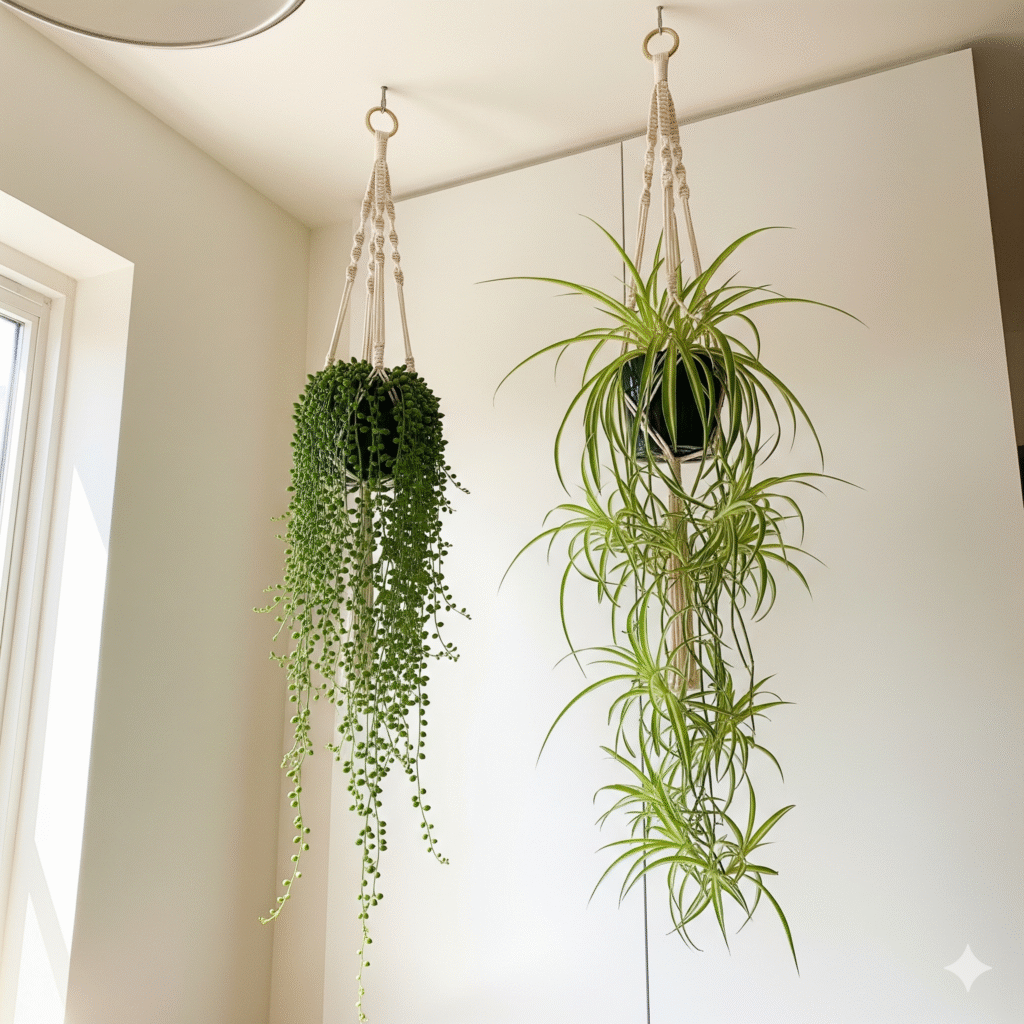
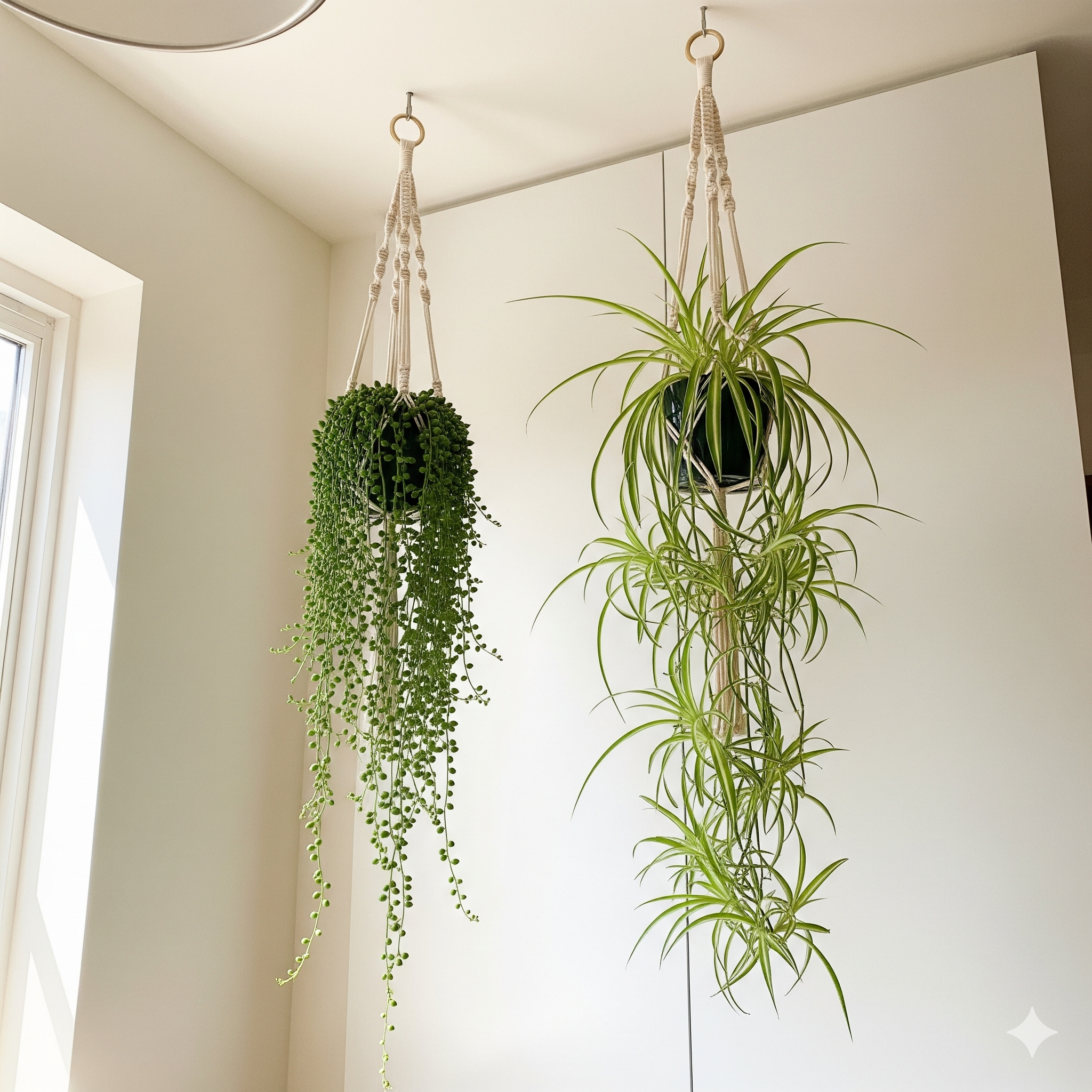
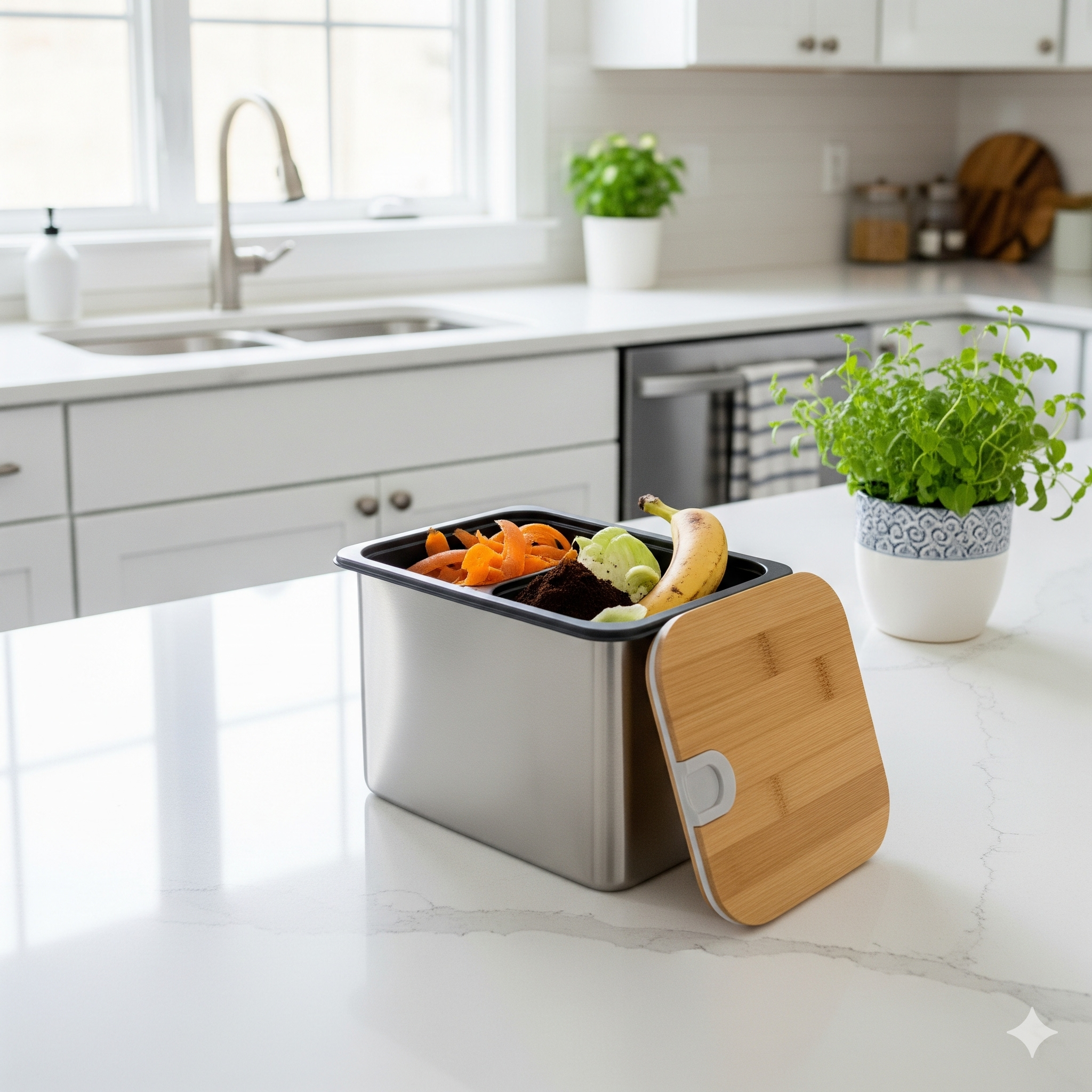
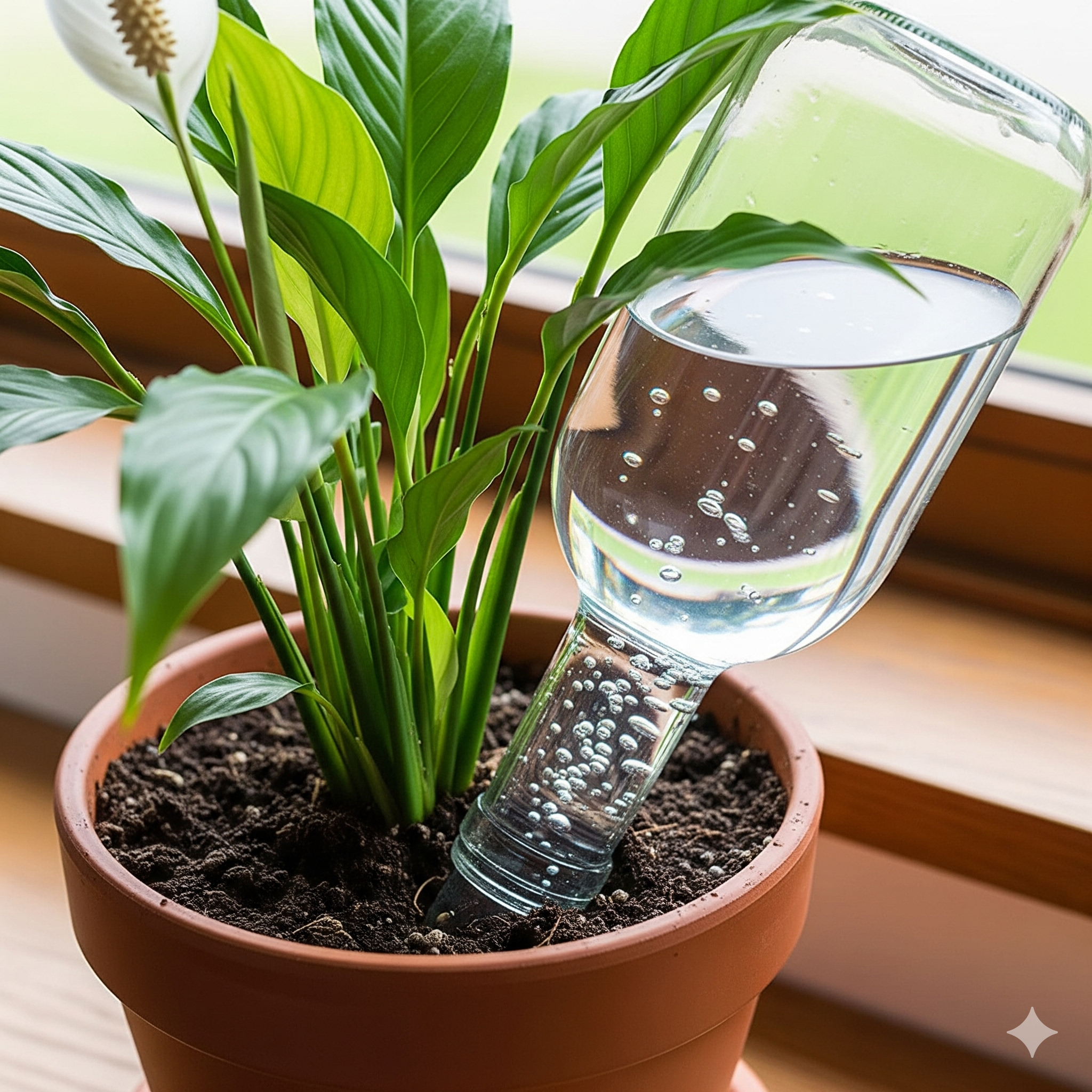
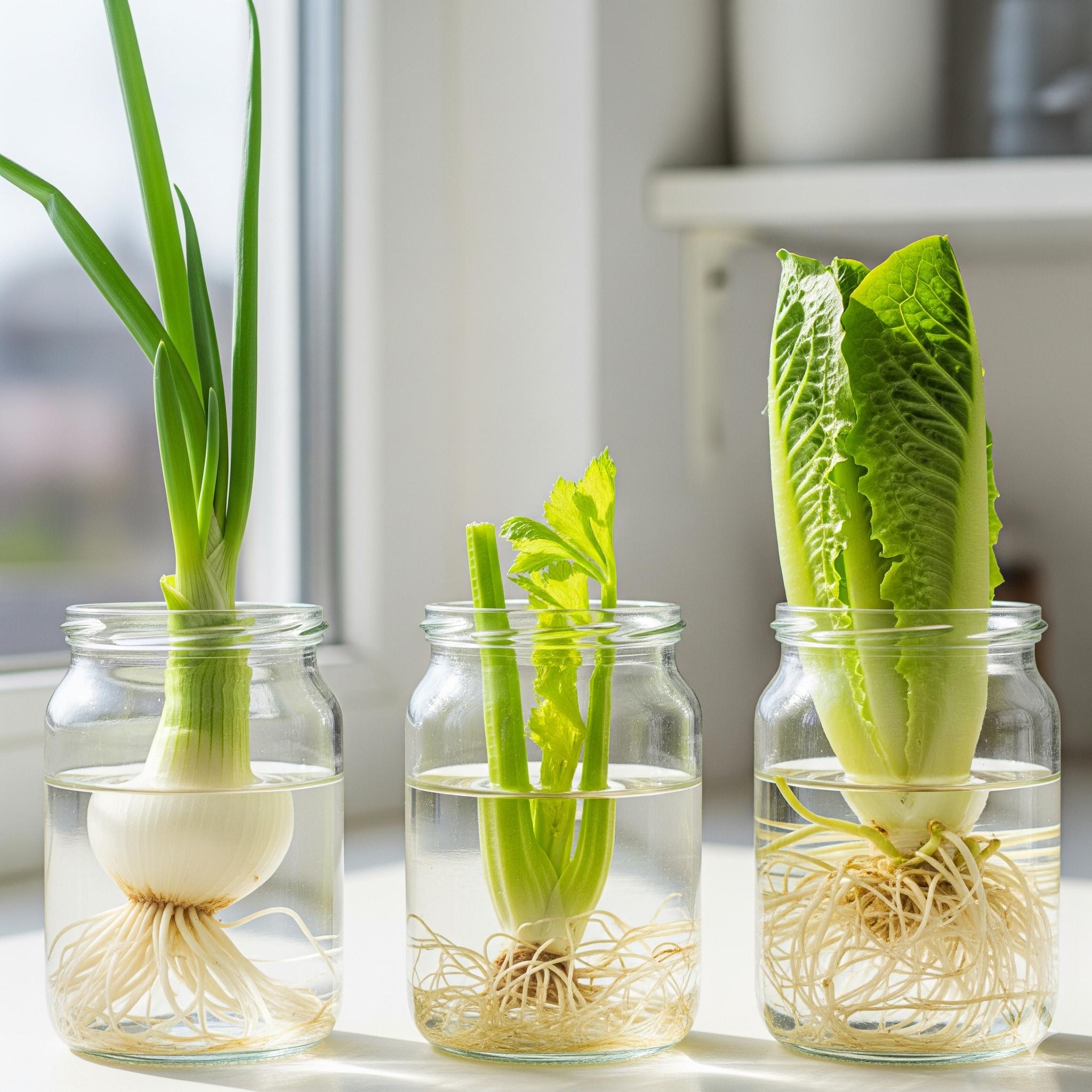
Post Comment